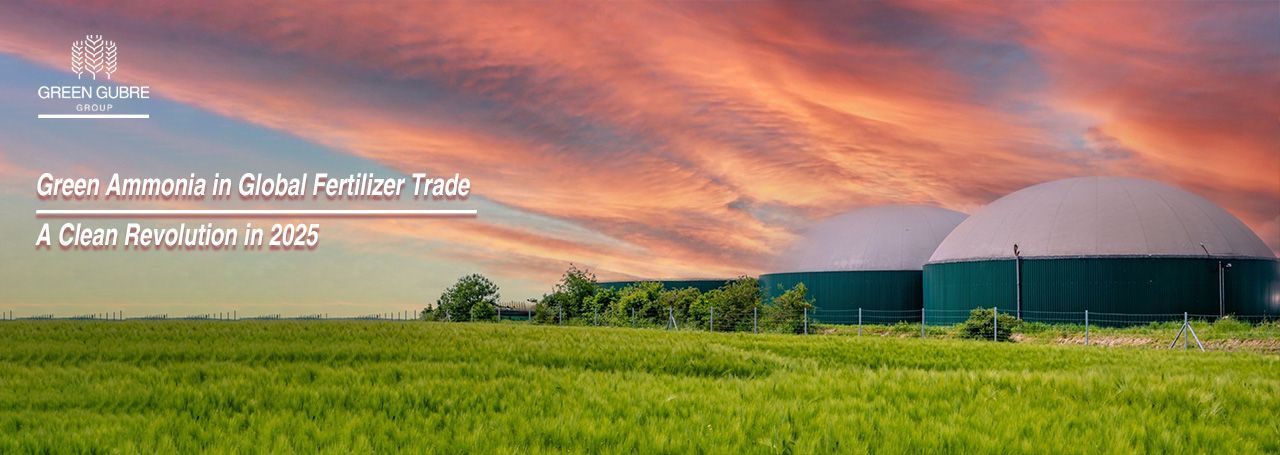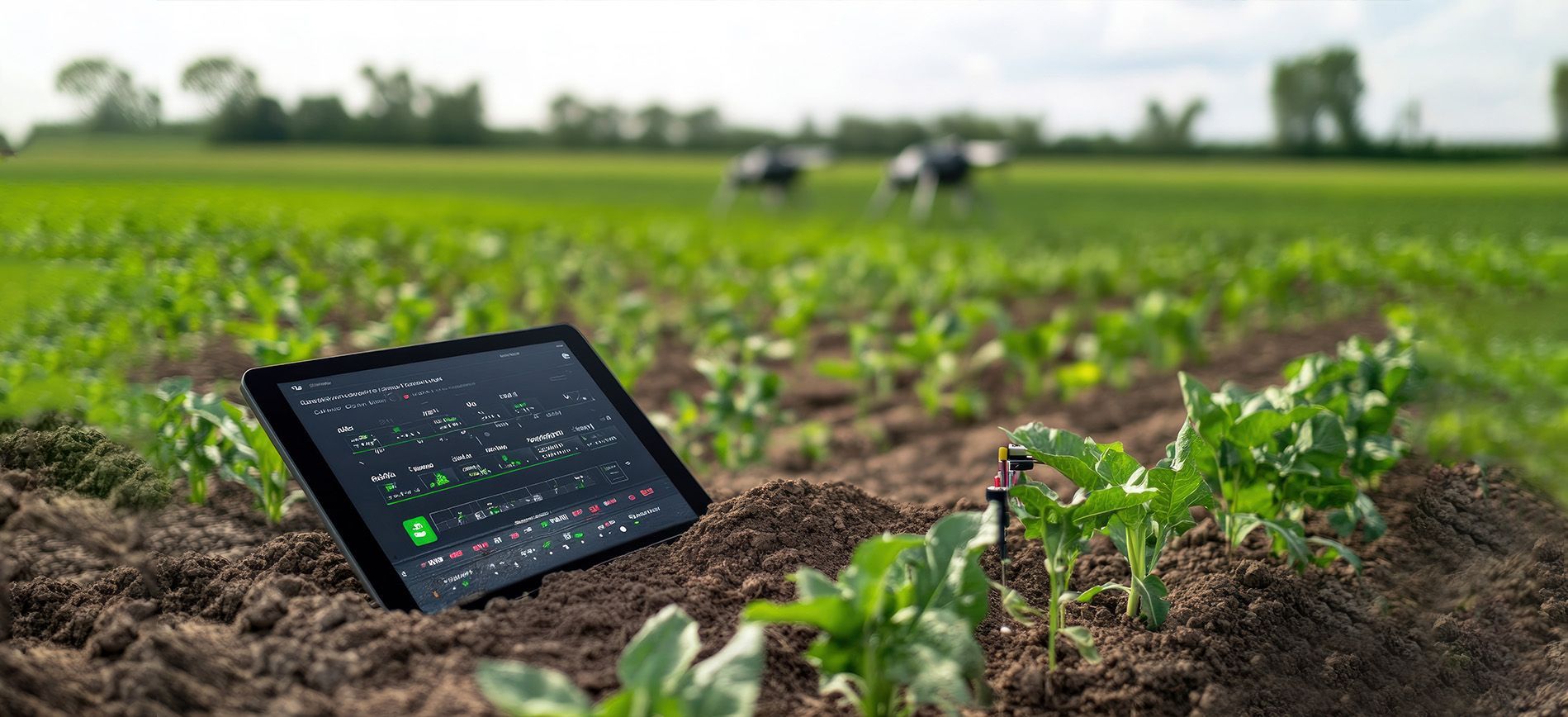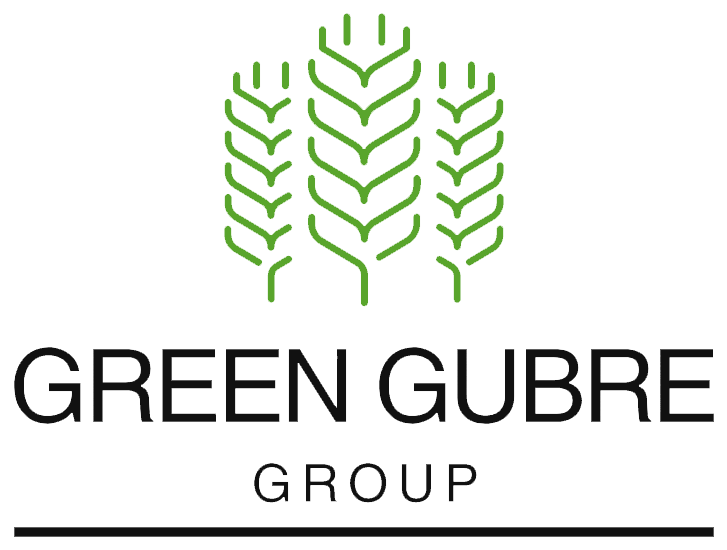Green Ammonia in Global Fertilizer Trade – A Clean Revolution in 2025
Green Ammonia in Global Fertilizer Trade – A Clean Revolution in 2025

The Ammonia Awakening
As the global fertilizer industry pushes toward carbon neutrality, green ammonia has emerged as a transformative force. Produced using renewable hydrogen and nitrogen from air (via electrolysis and air separation), green ammonia eliminates the carbon emissions associated with traditional ammonia production, one of the world’s most energy-intensive industrial processes.
In 2025, green ammonia will no longer be experimental—it will enter mainstream trade routes, compliance frameworks, and investment portfolios, reshaping the landscape for fertilizer producers, exporters, and regulators.
1. What Is Green Ammonia and Why Does It Matter
Traditional ammonia (NH₃) production via the Haber-Bosch process consumes vast quantities of natural gas and emits over 2.4 metric tons of CO₂ per metric ton of ammonia. In contrast, green ammonia uses:
- Green Hydrogen: Generated through electrolysis powered by solar, wind, or hydro.
- Zero-Emission Processes: Eliminating fossil fuels from the input chain.
- Low Carbon Footprint: Essential for compliance with
CBAM and ESG criteria.
Key Use Cases:
- Base input for granular/prilled urea production
- Direct application as a nitrogen fertilizer
- Dual use in energy storage and shipping fuel
2. Green Ammonia Adoption in 2025 – Who’s Leading the Charge
| Country | Initiative | Impact |
|---|---|---|
| India | National Green Hydrogen Mission + urea integration pilot | Export-ready by 2026; IFFCO leads fertilizer scaling |
| Saudi Arabia | NEOM’s Helios Project – the world’s largest green ammonia facility | Exports to Europe, India, Japan |
| Morocco | OCP + green ammonia trials with renewable hydrogen plants | Moves toward full-cycle green fertilizer manufacturing |
| China | 15+ pilot plants in Inner Mongolia, Xinjiang, and coastal ports | Green ammonia for domestic NPK and urea production |
| EU | CBAM compliance and green ammonia import certification in development | Ports in Antwerp and Hamburg are setting up green terminals |
3. Fertilizer Trade Transformation: From Gray to Green
The urea and NPK supply chain traditionally relies on “gray ammonia.” But that’s changing:
- Pricing Signals: Green ammonia commands a $100–150/MT premium, but increasing subsidies and carbon tax avoidance reduce the gap.
- CBAM Pressure: Fertilizer imports into the EU must disclose embedded carbon; green ammonia lowers liabilities.
- Green Procurement: Governments and ESG-focused buyers prioritize green-verified fertilizers in public tenders.
Outlook: Green ammonia is expected to power 20% of global urea production by 2030—up from <2% in 2023.
4. How Suppliers Can Adapt and Compete
Global suppliers and traders can stay ahead by:
- Partnering with green producers: Secure access to certified green ammonia or urea feedstock.
- Tracing emissions: Use blockchain or IoT-based carbon tracking tools.
- Labeling and certification: Apply for green fertilizer marks and CO₂ footprint declarations.
- Investing in joint ventures: Collaborate in green hydrogen and ammonia projects, particularly in India, North Africa, and the Gulf.
Pro Tip: Combine green ammonia urea with micronutrient or controlled-release formulations to further differentiate your product.
5. Logistics and Infrastructure in Transition
Green ammonia’s success depends on new supply chain infrastructure:
- Dedicated green terminals at ports in Europe, India, and North Africa
- Ammonia bunkering hubs to handle maritime fuel-grade NH₃
- Cryogenic transport systems for long-haul trade of liquefied ammonia
- Digital verification platforms to authenticate green origin in customs
Emerging Hubs: Fujairah, Rotterdam, Suez Canal Economic Zone, Mundra (India), Duqm (Oman)
Conclusion: A Greener Fertilizer Future Starts with Ammonia
Green ammonia is not just a cleaner input—it is the engine of compliance, trade evolution, and product innovation in the fertilizer industry. Exporters who act now to incorporate green ammonia into their supply chain can secure premium markets, regulatory trust, and climate-aligned branding.
The message is clear: fertilizer producers and traders who turn their ammonia strategy green will future-proof their business in an increasingly low-carbon world.




